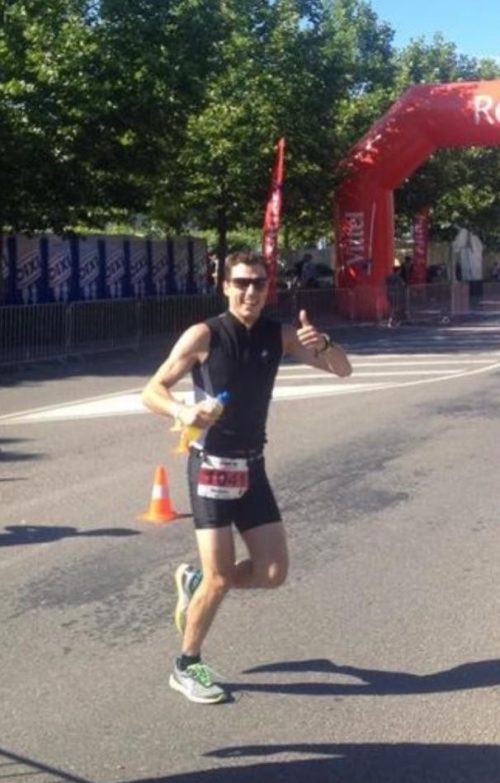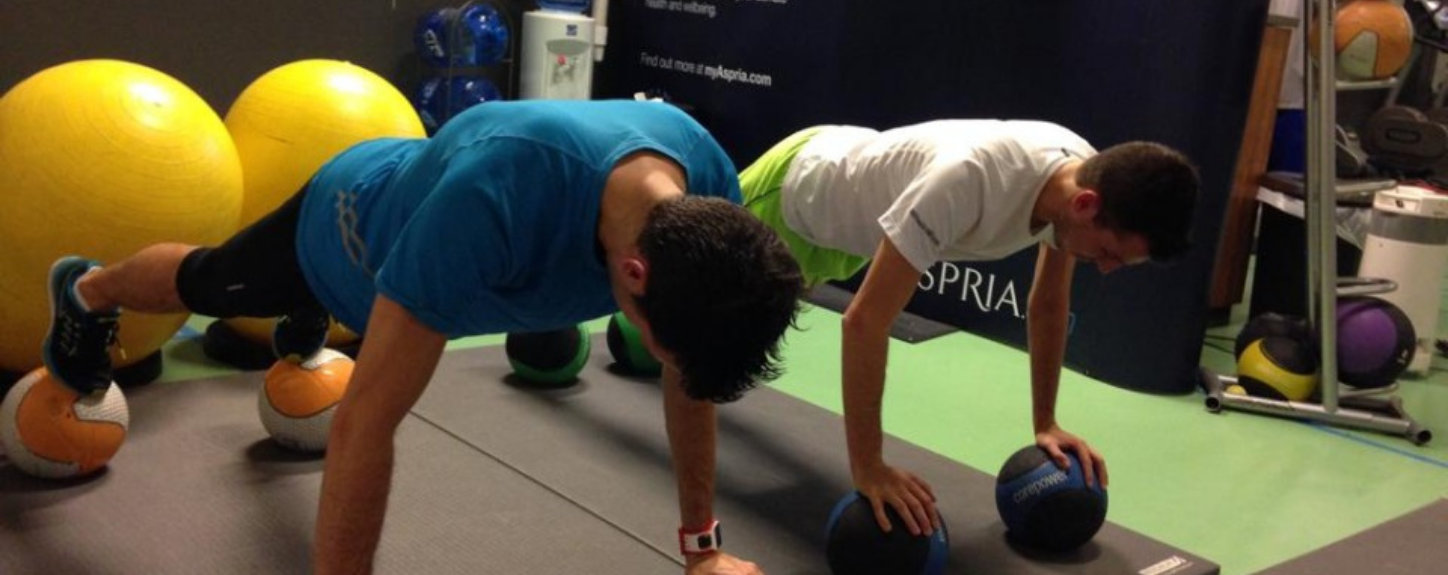As part of our #FoodFuture project we’re asking how we can deliver truly sustainable food systems. We’re listening to farmers, consumers, policymakers, businesses, NGOs, academics and others. By listening and working together, we will create a better future. This month we’re looking at the active lifestyles and we spoke to Nicholas Hodac, Director General of Soft Drinks Europe (UNESDA), to tell us more.
Healthier eating and drinking is a key component of healthier lifestyles. For many years, Europe’s soft drinks sector, under the umbrella of UNESDA, has accelerated its efforts to promote healthier lifestyles to help address public health challenges and encourage consumers to choose drinks with no or less sugar. Our sector’s responsibility in providing more choice and smaller package sizes to encourage moderate consumption sits harmoniously with the trend of consumers striving for healthier and more balanced diets.
We have reached another level of responsible leadership in supporting healthier lifestyles with the recent announcement of our new and enhanced health and nutrition commitments. Amongst others, we have made a new pledge to reduce average added sugars in our beverages across Europe by another 10% by 2025.
These efforts are based on our continued focus on creating healthier drink experiences and adapting our offer to different tastes and needs, such as sports activity. We also commit to keeping consumers informed by ensuring easy-to-understand nutrition labelling.
Sports drinks for active and balanced lifestyles
As part of a balanced diet, soft drinks play a role in helping us stay hydrated and rehydrate. Sports drinks, one of the many categories of soft drinks produced by UNESDA members, are a great example of this.
Sports drinks are drinks especially formulated for all types of sportspeople – whether they be professional athletes running marathons or recreational exercisers making occasional visits to the treadmill at their local gym. These drinks are intended to be consumed before, during or post exercise, with their principal role generally being to provide hydration.

In recent years, one of the main trends in the formulation of this particularly innovative range of products has been that they frequently contain combinations of so-called electrolytes. So, what are electrolytes? Well, these are minerals such as potassium and sodium that are typically found in sweat. The benefit of electrolyte-containing sports drinks is that they replenish not only the water lost through exercise, but also the electrolytes lost through sweat resulting from the exercise. Therefore, electrolyte sports drinks have been optimally formulated – not only to support physical exercise, but also, hopefully, to encourage physical activity.
Prioritising tailored serving sizes and clear consumer information
Of course, just as people’s exercise habits vary enormously, so is there a huge variation in people’s requirements when it comes to sport nutrition. Factors that make a difference include age and physical condition, temperature, as well as the duration and intensity of the exercise. Clearly, 15 minutes strolling on the treadmill is unlikely to trigger the same need for hydration and replenishment of minerals as running a marathon or climbing a mountain.
Owing to the varying intensity and duration of physical exercise, serving sizes of sports drinks can differ enormously. However, the consumer can easily cross check the nutritional composition across all types of sports drinks when in front of the crammed supermarket shelf. This is because, like all soft drinks sold in the EU, nutrition information (including calories and sugars) on sport drinks is provided on the label on both a per 100ml basis, as well as per serving.
Innovating dynamism: Sports drinks leading the way both in content and packaging
The sports drinks segment in Europe is as vibrant, dynamic, and innovative as its consumers. According to GlobalData, this segment was worth almost €2bn in 2019. The key European markets for sports foods (including sports drinks) are Germany, Italy, Spain, Poland, the Netherlands and Belgium.
Packaging innovation also plays a key role in the appeal of on-the-go sports drinks. They are for example available in pouches in a gel format, thereby maximising the content in an easy to carry pack for pre- and post-workout consumption.






